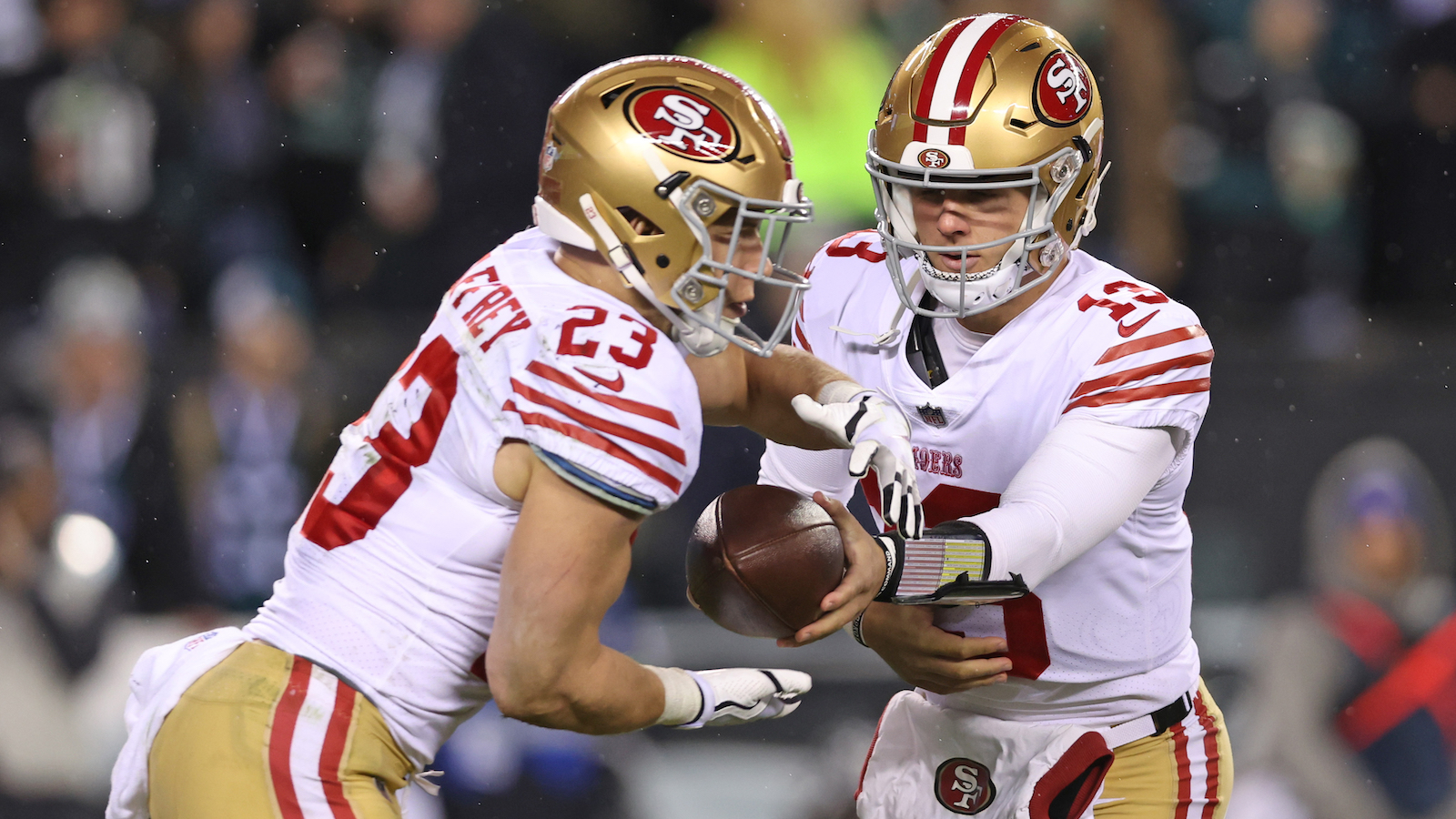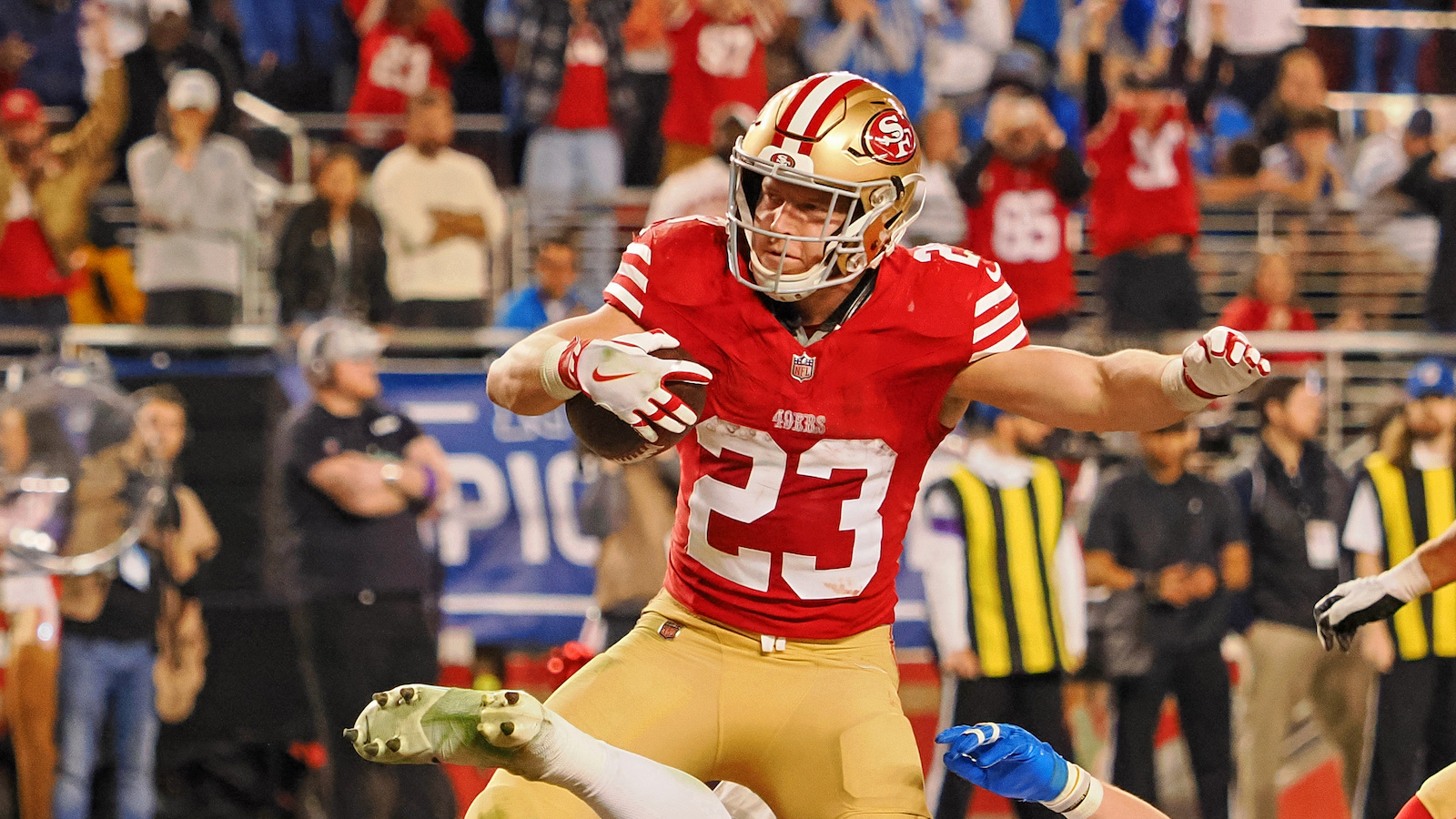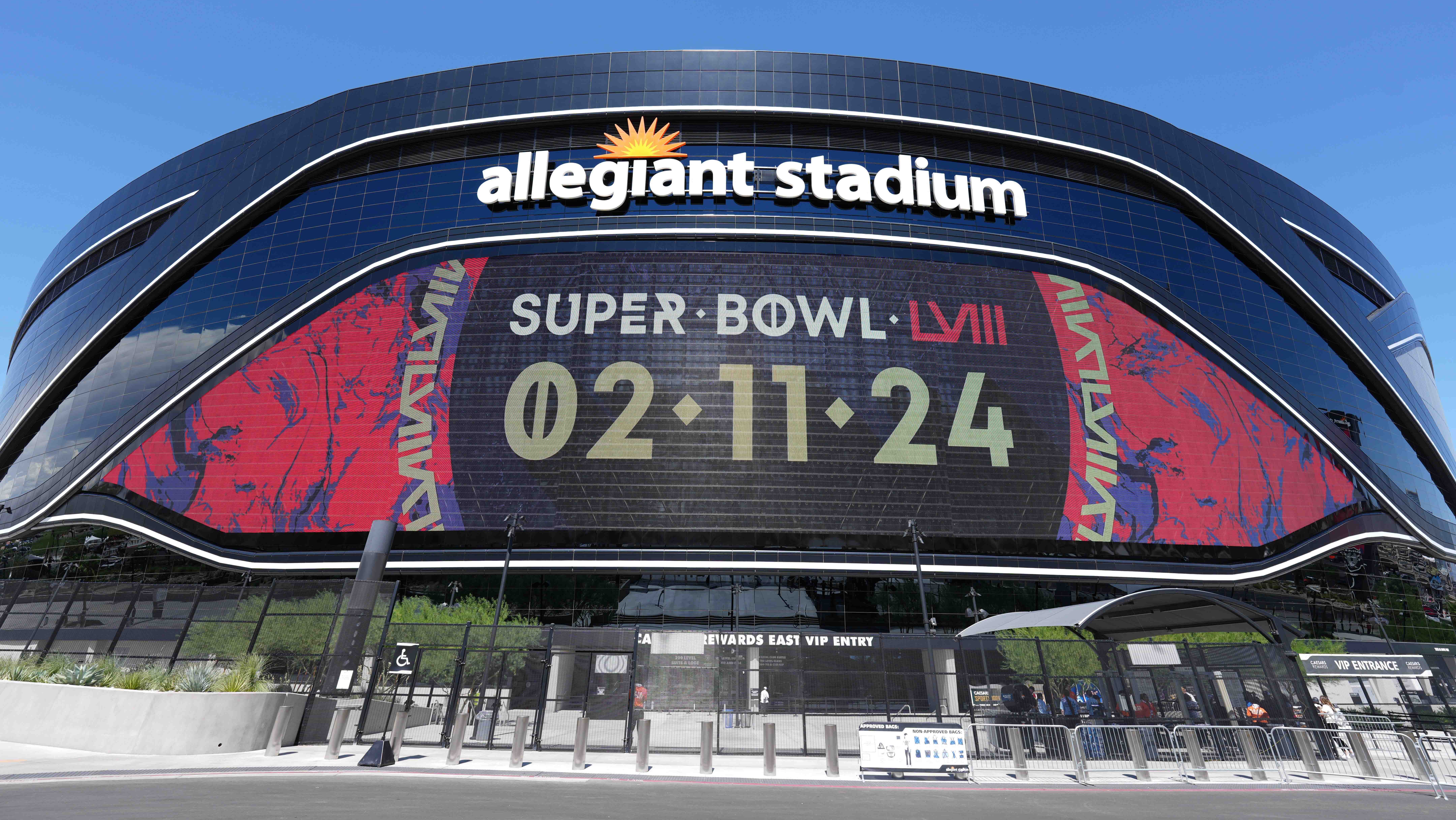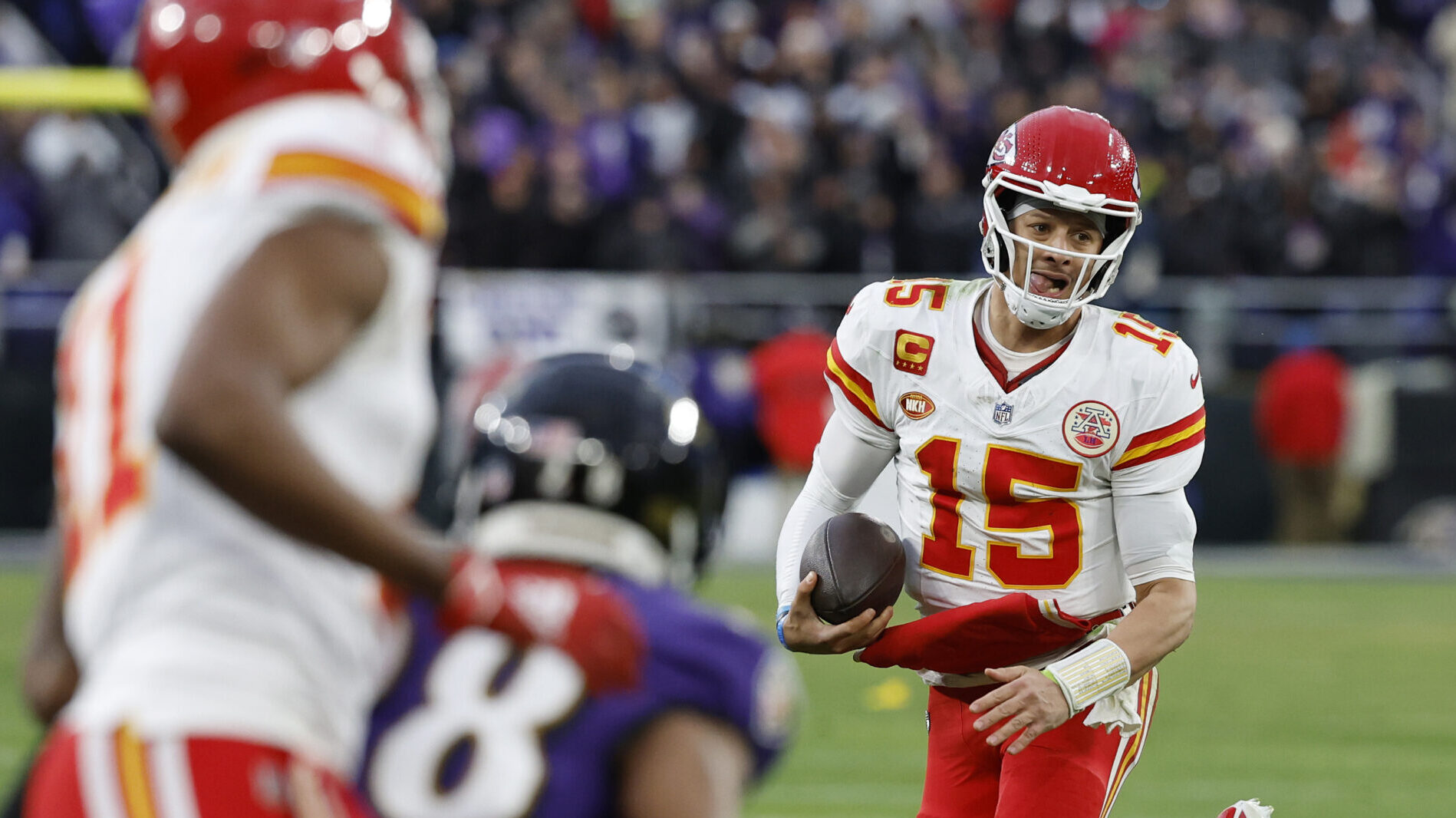Betting
8/3/23
4 min read
Ultimate Guide to Underdog Fantasy Second-Half Quarterback Lines

Last season, we explored how to play second-half entries on websites such as Underdog Fantasy. Unlike most player lines that are up for several days, halftime lines are up for less than 30 minutes.
Because of that, tables that allow for quick analysis when lines are posted without requiring in-depth research became essential. Creating those tables began by looking mostly at the passing game, with quarterback passing yards as the main focus.
As the season progressed, Underdog and other platforms became sharper. This article series aims to build on last season’s learnings and create a quick guide for placing these entries for quarterbacks, running backs and wide receivers.
The first guide is for quarterbacks.
Traditionally, quarterbacks have two types of lines posted for them: passing yards and passing attempts. To determine which stats should be added to our charts, it’s crucial to look at the relationship between first-half and second-half quarterback stats.
Below is a table of the correlation coefficients for several first-half stats and the number of pass attempts and yards passing in the second half.
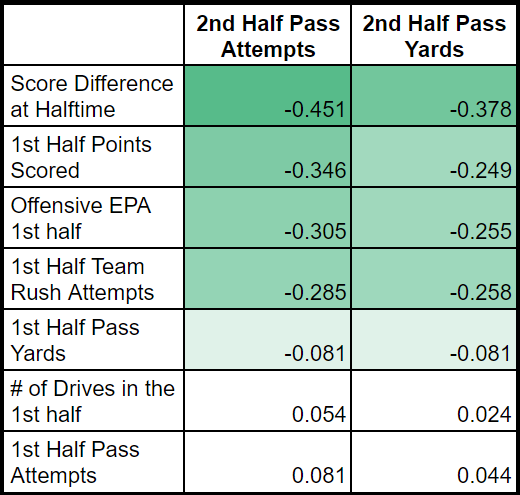
Points of Interest
- There is no correlation between the number of first-half and second-half pass attempts.
- Pass attempts are more strongly correlated than pass yards.
- The strong correlations are negative. For example, as the difference at the end of the first half gets larger, the number of pass attempts and yards passing in the second half decreases.
This research supports what we found last season — game script is the most important aspect when correctly predicting second-half lines. In last year’s table, the average number of yards passing in the second half is based on the score differential in the first half.
While that was helpful, it struggled to adapt to different quarterbacks and offensive schemes. Updating the chart required switching to looking at the difference between first-half and second-half performances.
Below are the updated charts for pass attempts and pass yards with data from the last two seasons, plus instructions and examples of how to use them.
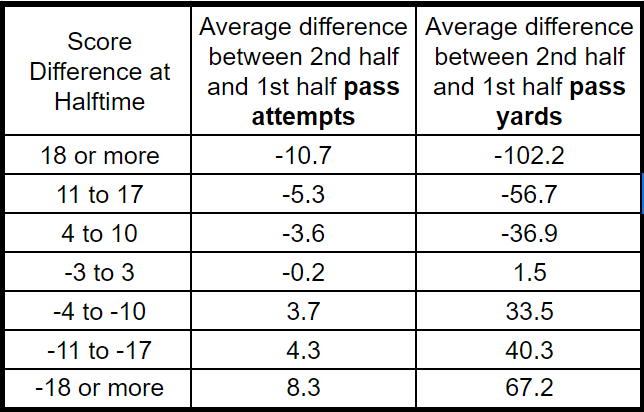
How to use the chart:
- Calculate what the score difference is at halftime.
- Identify how many pass attempts/yards the quarterback had in the half.
- Add the number in the chart above based on the score difference at halftime.
- Compare with the line posted. If significantly different, place an entry with it.
Passing Attempts Example
Last season during Week 9, the Los Angeles Chargers were ahead of the Atlanta Falcons at halftime by four points. Justin Herbert had 22 pass attempts in the first half. The table tells us the predicted second-half pass attempts would be 18.4.
His second-half line was posted at 17.5. With nearly a whole pass attempt difference, it would be smart to play that line over. He finished with 20 in the second half.
Yards Passing Example
During Week 11 last season, the Miami Dolphins trailed the San Francisco 49ers by seven at halftime. Tua Tagovailoa had 162 pass yards in the first half.
Based on this chart, his projected pass yards in the second half would be 195.5. His second-half line was posted at 114.5. He finished with 133 passing yards in the second half.
Basic Tips
- The most luck with this process came when the score difference was between four and 17 points. When the game is within three points at half or is more than an 18-point blowout, the game script can get weird, and this chart does not work as well.
- Second-half lines move a lot. The earlier in the game you can play them, the more value you get. Beware, scores in the NFL can change quickly. A 10-point deficit with two minutes remaining can quickly turn into a four-point lead at the half, ruining your entries.
- Stacking quarterback lines in the same game is optimal. That way, the game script will be the same for both lines and should increase the chance they both hit.
While this is a rough guide to be used quickly at halftime, it was very successful when going back to use it on last season’s lines.
Follow The 33rd Team Podcast Network on Spotify and Apple Podcasts.


